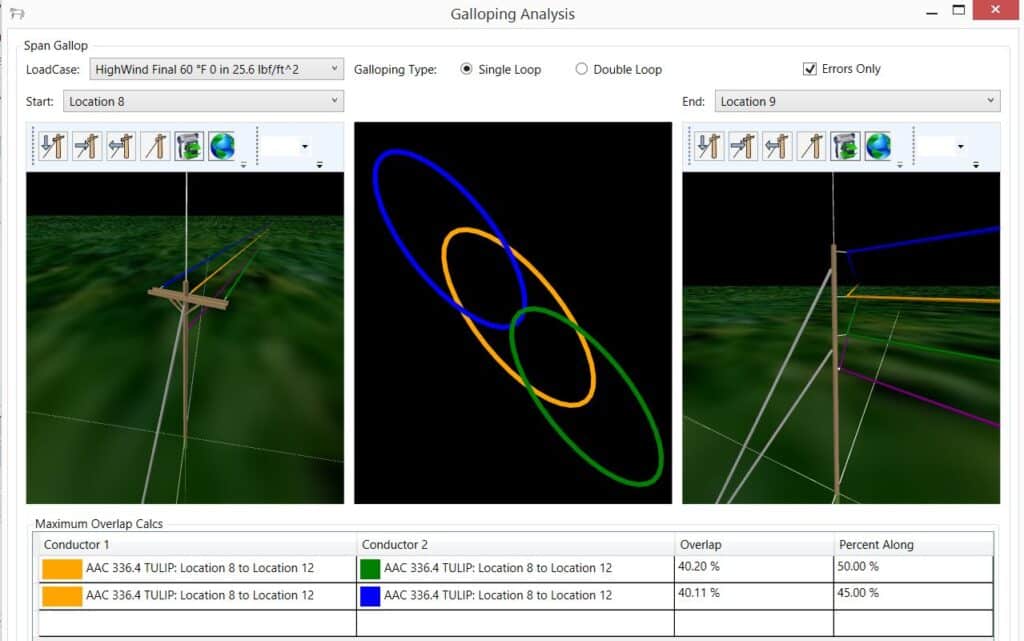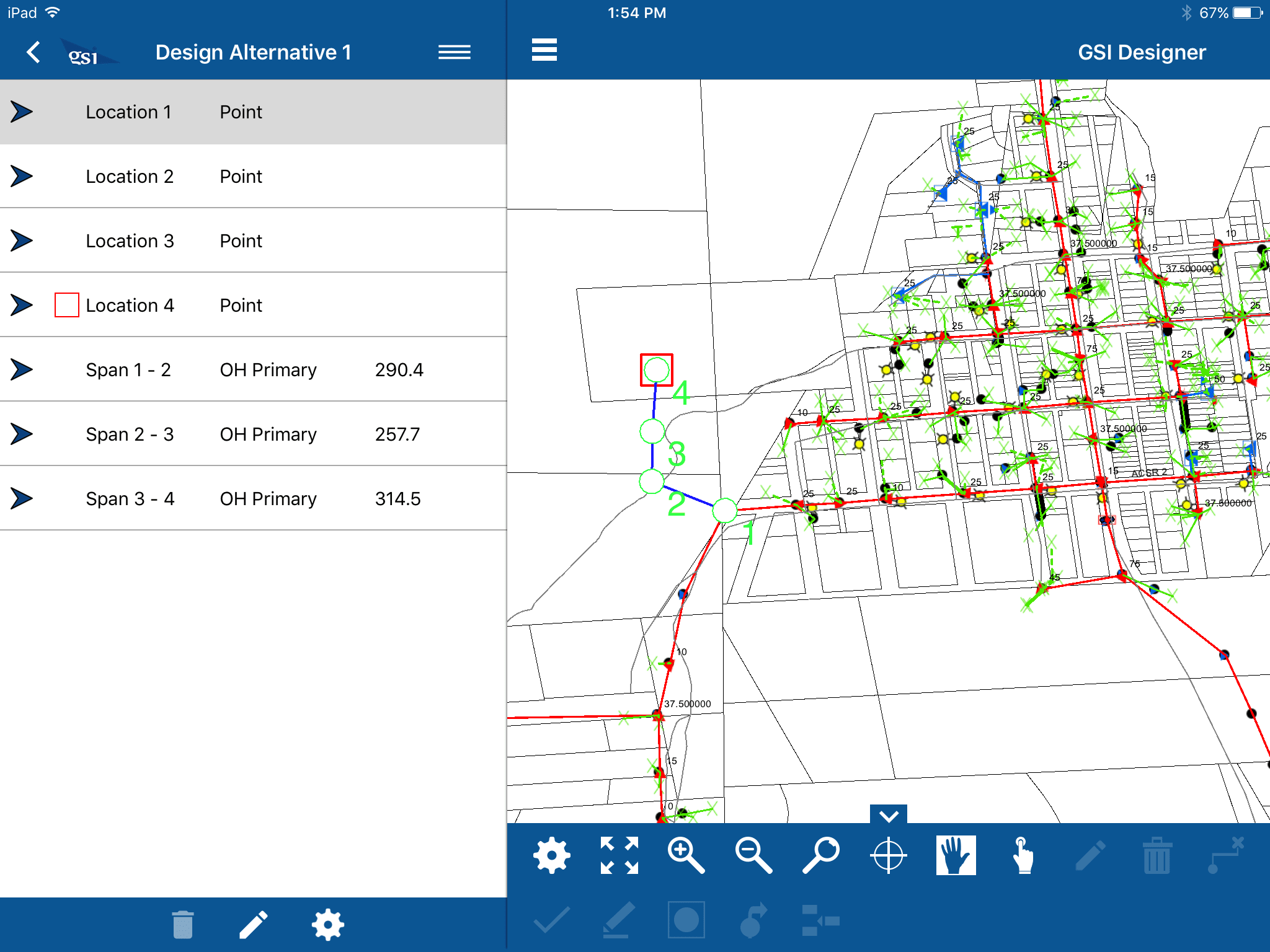Another Successful Year for Distribution Design Studio 2016
It was a busy, successful year for Distribution Design Studio (DDS) and for the customers using DDS. GeoSpatial Innovations Inc. (GSI) set its focus on streamlining and improving the DDS implementations to deliver projects on time and on budget. Along with that, DDS accomplished considerable growth from a functional and architectural perspective.
A substantial amount of time and effort has been invested into the expansion of the DDS Standards Designer, which are the Administrative Tools used to edit DDS data and test those data changes real-time in the application. These advances have already created some significant time savings for our customers and should have a large continued impact.
Improvements and enhancements have been made to DDS in 2016 from an interface perspective that have expanded integrations to various GIS technologies including ESRI, GE’s Electric Office, and Hexagon’s G/Technology. The improvements made to these configurable interfaces allow any utility the ability to interface DDS with their GIS, regardless of vendor or schema.
GSI Designer, which is the GPS enabled application used by engineers, designers, and staking technicians in the field, has been expanded to operate on iOS and Android devices. Projects can be created in the office or in the field and then passed back and forth between DDS and Designer. This adds an incredible amount of flexibility to those who use it.
In April of 2016, GSI acquired the TL-Pro product line from Trimble Energy Transmission Solutions. TL-Pro is a complementary overhead line design engineering package to DDS, and as a result of this transaction, we have been able to leverage TL-Pro as an additional resource to enhance our DDS solution more quickly and economically.
Subsequently, significant enhancements were made to DDS focused on Structural Analysis and Engineering, along with numerous usability enhancements. structural analysis has been expanded to analyze multi-pole structures, steel poles, and fiberglass poles. The multi-pole analysis capabilities now include two and three pole structures.

The ability to calculate galloping was also added to DDS in 2016. Galloping Analysis compares the galloping ellipse of one wire to the galloping ellipse of another wire to see if there is any overlap in the two ellipses. The percent overlap can then be compared to an allowable overlap.
Designers in DDS can now designate special clearance zones along an overhead profile. Clearance violations will be reported to the user, if they exist, in the user defined clearance zones. Additionally, right-of-way conductor blowout analysis has been added for overhead conductors along with insulator swing analysis.
Variable component resolution was further enhanced in 2016 so that structure components can be “auto-swapped” based on environmental conditions or other user designated criteria. The support of raster libraries is now included in the plan view of DDS. If they are geo-referenced, these rasters can be displayed automatically or they can be displayed manually and controlled via the Graphical View Control. Additional functionality was added to support visuals such as non-repeating linestyles and the ability to convert GIS linears to drawing features. These types of enhancements really aid users in the creation of a design, along with the various types of outputs such as construction sketches sent to the crews.
DDS is on the cloud! Additional product advances were made to DDS allowing it to leverage Azure to help speed up implementations and set up test environments faster than would be possible on-premises and at a reduced cost. There are also performance gains recognized through the ability to tune the system based on workload.
Overall 2016 was a great year for DDS and GSI. We made huge strides towards improving an already great tool to an even better application for our customers. We look forward to 2017 and the enhancements that we’ll get to share with you over the next year.
